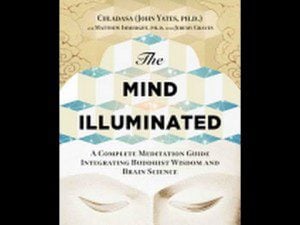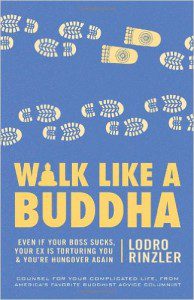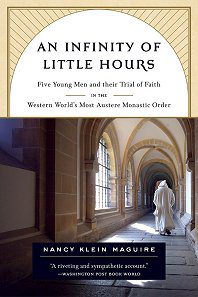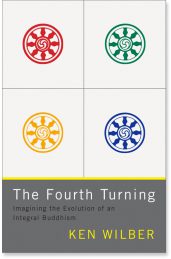(Lama Surya Das, Buddha Standard Time: Awakening to the Infinite Possibilities of Now, HarperOne, 2011, 216 pages.)
What time is it? Who decides? If I look at a cell phone, I am told ‘AT&T Standard Time’ or ‘Verizon Standard Time.’ To counterbalance or double-check this industry-approved time standard, I could look at my watch for a time that I calibrated myself, but I haven’t worn a watch in more than a decade, and I don’t know how to read a sundial! Moreover, I learned in high school physics that after Einstein, time is relative. But if you e-mail my CPA, he’ll refuse to reply — insisting that we set a time with his administrative assistant for him to call me back with the implication being that a phone call allows him to more easily bill me in 15 minute intervals. So perhaps time isn’t so relative after all! From the opposite perspective, I remember when I first became a director at a summer camp, one of my counselors was from South Africa and claimed to operate by what he called “polychronic time,” whereas I was hopelessly monochronic. The upshot is that when I demanded that he be at a certain place by, for example, 3:00 p.m., he (allegedly) couldn’t help but arrive sometime between 2:40 and 3:20 p.m. if it was a good day.
Lama Surya Das, equally-immersed in the traditions of both the East and West, is well aware of all these permutations of time, and the aim of his book is to invite his readers to experience a perspective on time that he and others have found particularly life-giving. Instead of the commodified ‘AT&T Standard Time’ or the wide-ranging spectrum of polychronic time, he advocates for all of us to experience “Buddha Standard Time: Awakening to the Infinite Possibilities of Now.”
The different, alternative angle from which he is writing is obvious from his opening epigram from a sixteenth-century Buddhist poet: “To be able to be unhurried when hurried / To be able not to slack off when relaxed” (1). That’s a tall and paradoxical order for the Western mind, but he knows whereof he speaks. Lama Surya Das spent most of his early adulthood — essentially all of his twenties and thirties — in meditation and retreat centers. Upon returning to the West, he noticed in particular, “the new aversion to the mundane tasks of daily life. …as if somehow life would be better if we could speed our way through” (2). As someone drawn to the efficient, his noticing cuts me to the quick.
Targeting those of us immersed in the best and worst of Western culture, he writes that “Buddhism is a profound study in time and time management” (4). And one of the strongest aspects of this book is that each chapter includes multiple practical exercises for experiencing the life-giving truth of “Buddha Standard Time” within the crucible of your own firsthand experience. Exercises include such simple — but profound — examples as Rediscovering the Sky: “observe the sunrise and sunset for a few minutes each day, coordinating [your] routine with the daily rising and setting of the sun” (26-27). Although realigning your life with the rhythms of nature could seem at first to be merely one more appointment to add to your calendar, the “crazy busy” recipient of this advice reports paradoxically that, “I’m starting to feel like I have more time, not less” (28).
He also writes of the simple practice of taking a Breath Break to breathe deeply in the midst of even the most stressful situations: “The lesson is not to compartmentalize your life, with 99 percent spent in busyness and 1 percent in spiritual nourishment. Instead, train yourself to integrate this sublime awareness into each moment as an enlightening way of life and a path of joy” (31).
Lama Surya Das also notes the tendency in the West to ‘veg-out’ in front on the television or mindlessly surf the internet. To enter “Buddha Standard Time,” he recommends that you experiment with “doing one physical task with focused attention, wholly and completely, while letting go of absolutely everything else. Unload the dishwasher or pile up the newspapers to recycle, but do it with every ounce of you attention.” He attests that, “I find that doing this with full focus reenergizes me. …It’s not time that we lack, but focus” (42). But the challenge of this book is not to read this (alleged) truth, but to test if this truth is verifiable in your own life and in your own firsthand experience — that is, to experiment for yourself with entering Buddha Standard Time.













